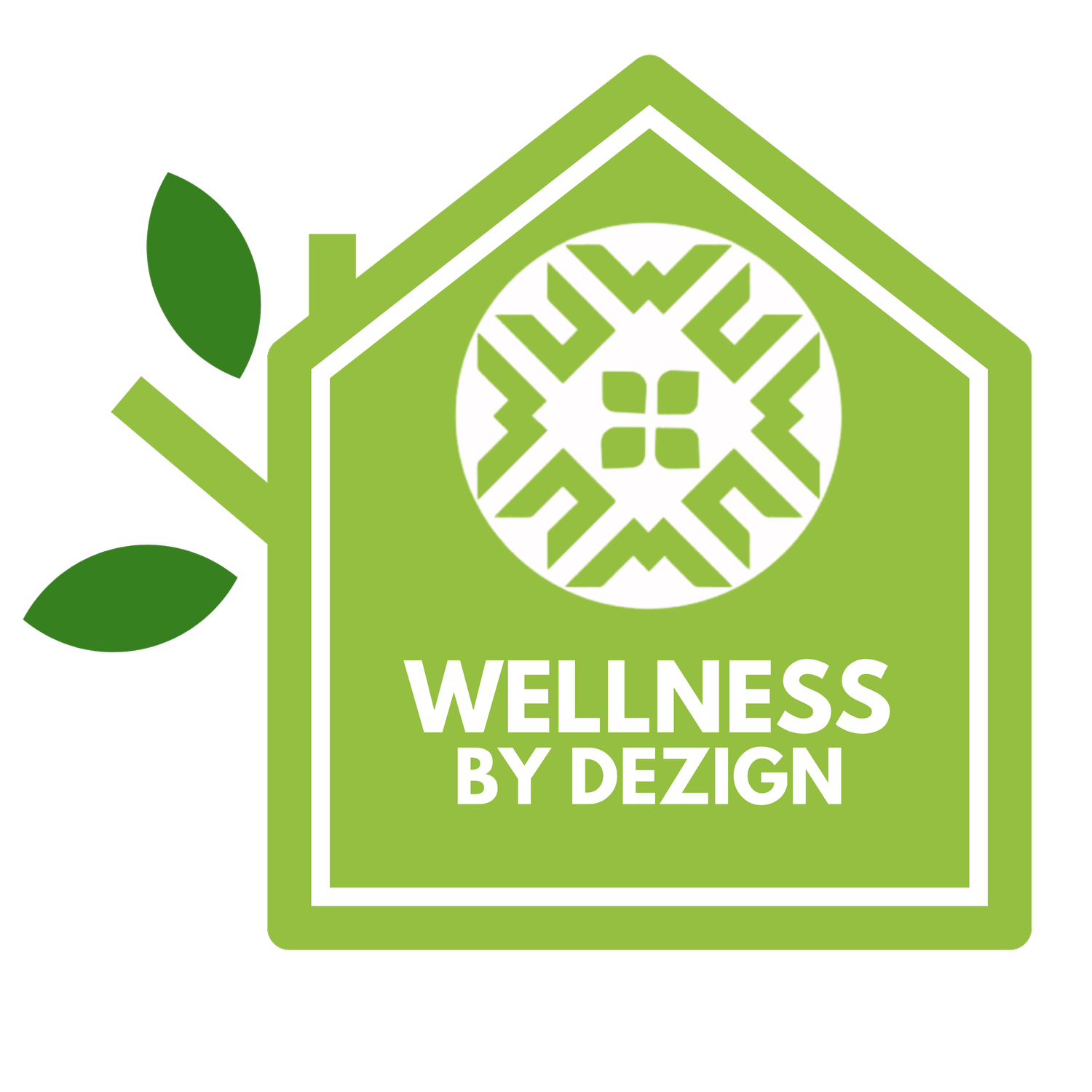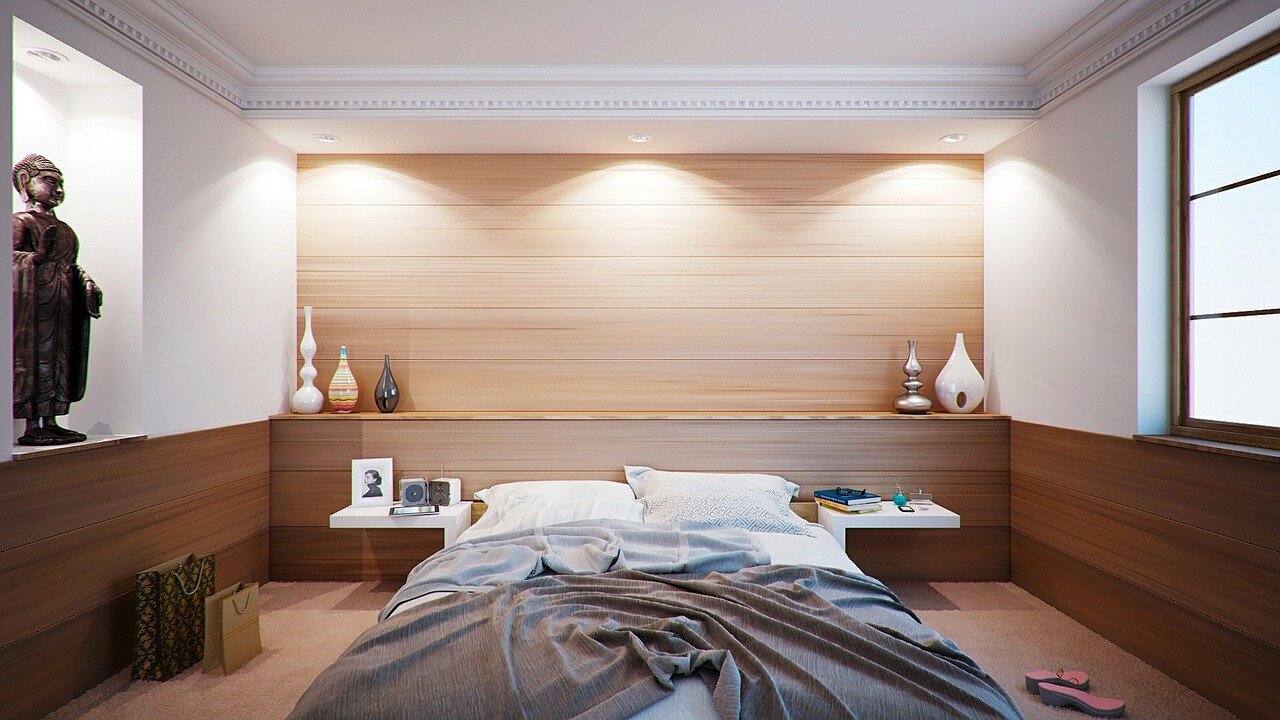What makes a healthy home?
What defines a healthy home?
The Center for Disease Control (CDC) defines a healthy home as a place or structure that is designed, built and maintained to support our health and wellbeing. We spend at least half of every day inside our homes. A healthy, safe and accessible home supports our basic needs and protects us from illness and injury.
The National Wellness Institute lists six areas, or dimensions, defining wellness: emotional, occupational, physical, spiritual, social and intellectual. Wellness is holistic, encompassing lifestyle, mental and spiritual well-being, and the environment in all aspects of our life and our home.
An unhealthy home is connected to poor health. If our home harbors mold, lead paint or radon, our health is directly affected. Even old upholstery, fabric treatments or wallpaper that has lingering cigarette smoke or mildew can pose serious health problems for humans, especially the elderly and children.
Symptoms from an unhealthy home can range from subtle symptoms such as; mild asthma, headaches and fatigue to more acute symptoms like nausea, acute respiratory symptoms, or even long-term health issues like cancers or lower IQ’s. Unhealthy homes can be older, poorly maintained structures, or an unhealthy home can be found in brand-new construction due to finishes, formaldehyde, glues and other VOC’s. Learn more at the EPA website on indoor air quality.
What we use to build our homes is just as important as what we use to furnish our homes. Inexpensive furniture, vinyl window blinds, synthetic fabrics, carpeting, lighting fixtures and children’s toys can be made with toxic materials from other areas of the world where there is little regulation. With use these items can break down and create toxic dust and particles that can be ingested and inhaled. Be mindful of what you are purchasing and where it comes from. Using sustainable, eco-friendly materials and products - even re-used or re-purposed items in some cases - can make a large difference in our health.
A few general examples to creating or maintaining a healthy home:
AIR
The most chronic problem with unhealthy homes is air quality. If air quality is jeopardized good health will decline. Moisture, high-humidity, leaking roofs, wet basements can all contribute to mold growth. Maintaining humidity levels between 30%-50% at all times is best for a healthy home. Our communities, neighborhoods, towns and cities are more prone to storm surges and flooding which puts our homes at risk of developing serious mold problems. The term "sick building syndrome" (SBS) is used to describe situations in which building occupants experience acute health and comfort side effects that appear to be linked to time spent inside. Usually the cause can not be identified. Sore throat, asthma, headache, chronic breathing issues can be the symptoms. Symptoms can be mild or severe. In contrast, the term "building related illness" (BRI) is used when symptoms of diagnosable illness are identified and can be attributed directly to airborne building contaminants.
TIP: To filter some of the air in your house invest in some beautiful houseplants. NASA recommends a list here and recommends at least one houseplant per 100 square feet. Houseplants are an affordable and easy way to clean your air. Plants are easy to take care of depending on sunlight and watering habits so research before you buy. For example, a Peace Lily (Spathiphyllum 'Mauna Loa') and English Ivy (Hedera helix) are easy to maintain and do not need a lot of sun. Succulents are also a nice choice. A local nursery, garden center or box store have a variety of house plants to choose from.
A healthy home is also free of clutter, dust and dirt so keep an organized and clean home at all times. Use all-natural cleaners and essential oils and make sure the filter on the vacuum cleaner and HVAC system is replaced or cleaned regularly. Even the rubber seal around the dishwasher and oven should be in good working order as not to release moisture or fumes. A healthy home must be free of clutter and debris on the inside as well as the outside. Clutter not only harbors mold and dust but it also attract pests, rodents, and dust mites.
LIGHTING
Another important factor for a healthy home is proper and adequate lighting. Researchers are discovering that LED’s could be dangerous to our overall health. LED’s, which have become popular because they are energy efficient, emit primarily blue light and are devoid of infrared light (sunlight) that is imperative to our DNA. According to ANSES using LED’s can be harmful to our vision. Long term effects are linked to the onset of molecular degeneration. LED’s lack the counterbalancing healing and regenerative near-infrared frequencies that our eyes and bodies need on a daily basis. Specifically blue light in the evening reduces melatonin production in your pineal gland, therefore making us less likely to fall asleep or sleep deeply throughout the night.
TIP: Reduce exposure to LED light after 8pm. If watching television or working on a computer, wear protective blue light blocking glasses. Adjust your settings on your TV by making the screen warmer and less bright at night. Download flux on your computer where the screen will adjust according to time of day. Also, bedroom lamps should have, at the most, a 40watt incandescent bulb. No LED’s of any kind in the bedroom, this includes TV’s (multiple studies site negative effects from any technology in a bedroom). If a family room or kitchen is where you spend most time then add a dimmer to your recessed lights and dim down the lights at night. This is so crucial for a deep night’s sleep and we know good sleep leads to lower stress and healthier bodyweight.
Use 40 watt incandescent bulbs in at least one lamp and use after 8pm to help boost melatonin.
ACOUSTICS
Acoustics is typically not considered when planning or designing a healthy home. People complain of terrible acoustics when in public, specifically restaurants, where loud noises distract or impair a customer to the point where it is uncomfortable. For decades there has been a tendency to put carpeting on second floors or in bedrooms to help with acoustics. But carpeting, with the exception of natural fibers like wool or jute, can give off volatile organic compounds (VOC’s), or trap moisture and dust, as mentioned earlier. Also, newer constructed homes have higher ceilings and tile floors and when combined together can magnify sounds to uncomfortable levels. These days everyone wants open-floor plans, or open-concept living, which does not take into account the lack of quiet areas. When we entertain larger groups, or spend time with family, we experience loud noise that is uncomfortable, distracting and irritating for some people. Living like this day in and day out can cause long-term hearing problems, and can test relationships within families. It is exceptionally difficult for older people to hear conversations in a loud, open space. For a healthy, comfortable home, there are a few things to keep in mind; mix a variety of elements, the right products and furniture to aid in healthy acoustics.
TIP: When designing or decorating a space use a variety of different textures. Wood, for example, is an excellent sound absorber. We are seeing a lot of natural woods in interior design, not just in flooring, but in shelving, paneling (shiplap) and architectural beams. Even with a painted surface, white shiplap and bead board help reduce sound. Brick, textured wallpaper (i.e. grasscloth), area rugs, art work of different sizes and materials (think canvas), and lastly, furniture, can all assist in reducing sound around the house. Also, plants, like a green living wall or vertical garden will help with sound and can also be a lovely, creative and healthy way to decorate a home (see above photo).
NUTRITION & EXERCISE
Everyone knows that eating organic, whole food makes a difference to our health. There are a million websites and books educating us on the benefits of eating well and exercising every day to keep our body, brain and gut in tip-top shape. What is the point of trying to do one without the other, to eat well but live in an unhealthy environment, or vice versa? Taking care of ourselves is more than eating a proper diet or spending a fortune on expensive furniture and clothing. Take a holistic approach to planning or designing a healthy home.
TIP: Be mindful of everything you bring into the home. Avoid unhealthy processed food, impulsive purchases from that local yard sale or home goods store, but most importantly, be grateful, patient and loving to those around you. Spend quality time with a friend or loved one. Adopt a pet. Meditate. Limit social media and the news at all hours of the day. If a healthy home is maintained both physically and emotionally, a healthy home is a happy one.








